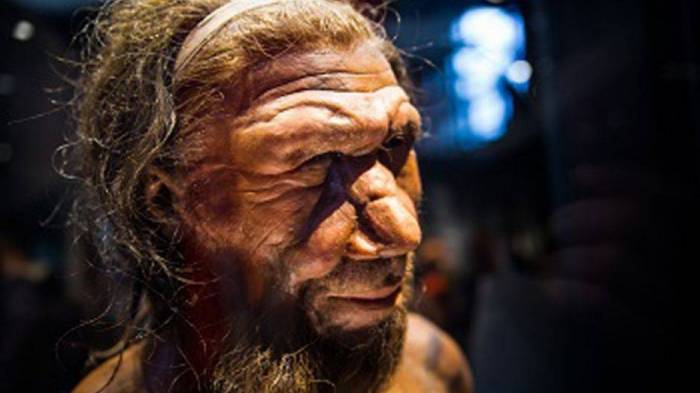The evidence is there that Europe experienced stark cold and dry spells, putting a strain on Neanderthals' food supply and ability to survive. Thanks to a group of researchers looking at stalagmites in Romania, we may have proof this was indeed the case.
“For many years we have wondered what could have caused their demise," said Dr. Vasile Erse, a co-author of the study and a senior lecturer at Northumbria University, in a statement. "Were they pushed ‘over the edge’ by the arrival of modern humans, or were other factors involved? Our study suggests that climate change may have had an important role in the Neanderthal extinction.
Dr. Ersek and his team looked at the stalagmites—rocks that gather in caves for long stretches of time —to look at the climate. Stalagmites contain rings, similar to trees, which can give an indication of how extreme weather patterns, occurring over thousands of years, impacted Neanderthals.
The study was published in the scientific journal Proceedings of the Natural Academy of Sciences.
Neanderthals existed on Eurasia for approximately 350,000 years. But during the time of the last Ice Age and the arrival of modern humans in Europe, they became extinct.
During cold periods of time, the team found a "near complete absence" of archaeological artifacts from the group, suggesting cooler temperatures meant fewer tools.
Though Neanderthals had learned to control and manipulate fire, just like modern humans, Neanderthals did not incorporate fish and plants into their diet, giving them fewer food sources.
As temperatures became colder and these animals naturally became more scarce during the freezing temperatures, Neanderthals became more susceptible to climate change.
“Before now, we did not have climate records from the region where Neanderthals lived which had the necessary age accuracy and resolution to establish a link between when Neanderthals died out and the timing of these extreme cold periods,” Dr. Ersek added. “But our findings indicate that the Neanderthal populations successively decreased during the repeated cold stadials."
A stadial is a period of colder climate; conversely, an interstadial is a period of warmer climate.
When temperatures started to warm up again, Neanderthals were left with a doomed fate, according to Dr. Ersek. "[Their smaller populations could not expand as their habitat was also being occupied by modern humans and this facilitated a staggered expansion of modern humans into Europe.”
More about: #Neanderthals
















































